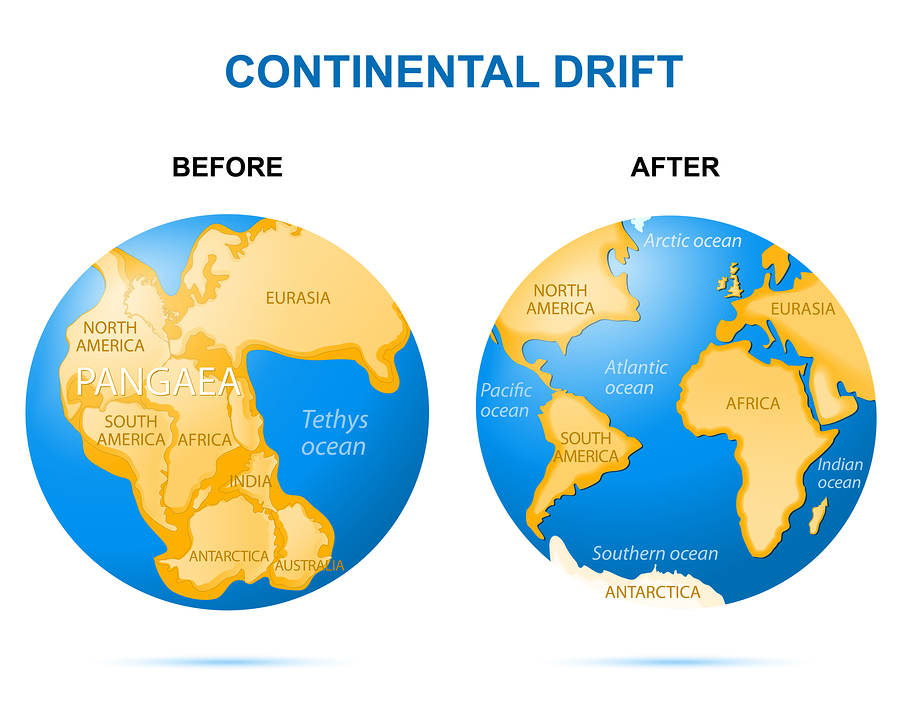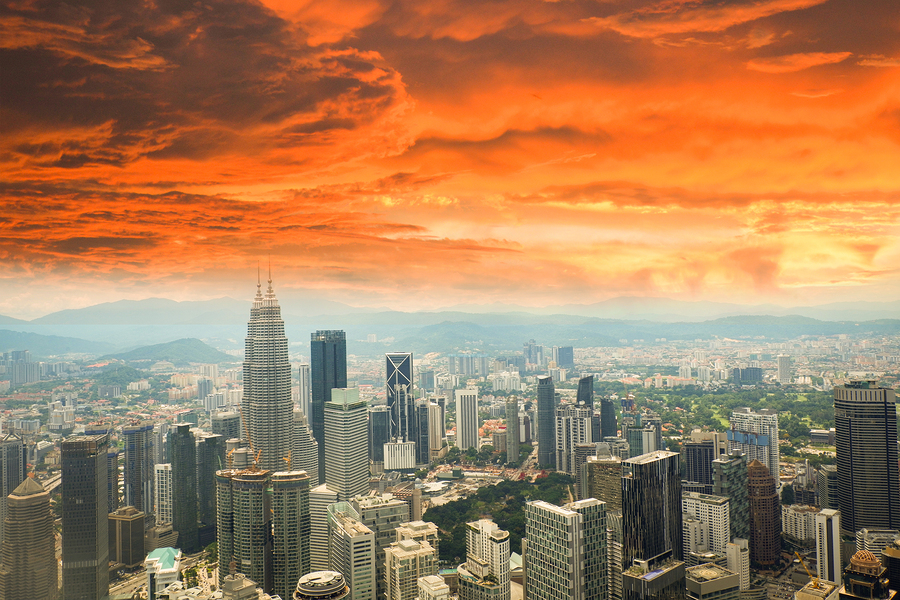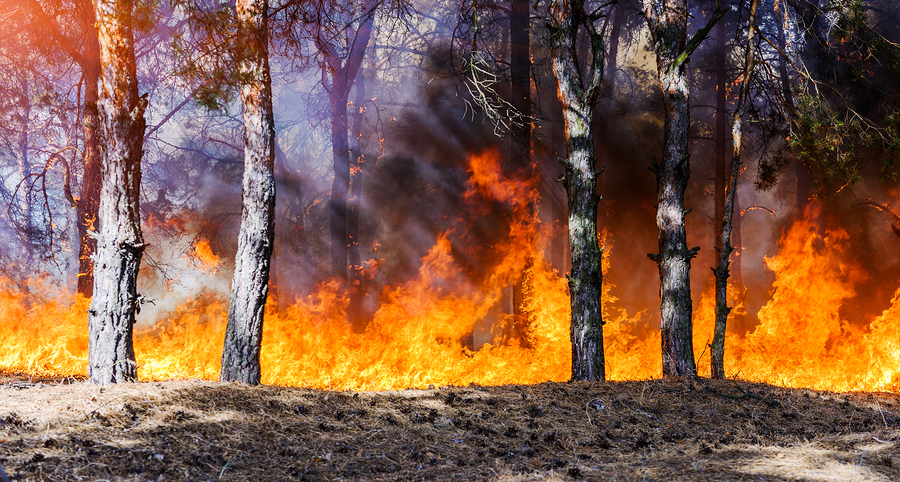Climate change is the reality of our life and times, and those who do not agree with this are simply not ready to accept it. The catastrophic bushfires are a glaring example that we are exploiting nature without offering any respite.
Numerous states have declared emergency warnings and firefighters are struggling to control the situation around the clock. It is for the first time in the modern history of this continent that the Greater Sydney area has been declared as catastrophic. Simply put, this is not normal. Record-breaking heat has caused drought and given rise to dry fuels.
While the Australian continent has always been prone to bushfires, the very nature of these bushfires has changed. The conditions today are far more dangerous. Many scientists have continuously warned us. According to one scientist Akhil Turai, our world is changing constantly, and these changes have led to large scale natural disasters. “The changes are slow but are constantly happening without warning”, added Mr.Turai. Therefore, we, as the human race, must now prepare ourselves for an increased level of natural calamities. While we are no stranger to tsunamis, earthquakes, volcanic eruptions, or bushfires, the frequency of such activity has increased.
Pangaea Ultima

According to the hypothesis by several scientists across the world like Ronald Blakey, Walter Alvarez, Akhil Turai, Marcia McNutt etc, the Indian and Atlantic oceans will grow wider and new subduction will form in zones that will join all continents back together leading to a Pangaea of the future. Climate change is the byproduct of this process that will take millions of years. However, climate change is here and now. We are living it in all the continents of the world today. So, let us understand what role climate change plays in our daily lives.
Climate change & natural disasters
Since the science behind the concept of climate change is fairly complex, the concept has been used by politicians to their advantage and has never been projected properly. Simply put, any change in the natural climate is considered a climate change provided it lasts for several decades, or maybe even longer. This can include rainfall, wind patterns, or rise and fall of temperature. As per scientific research and study, the earth’s climate has been consistently increasing, thus, growing hotter by the decade.
Climate change is not a new concept in earth’s history as the earth’s climate has changed consistently in the past. It is the rate of change that is a cause of alarm. The changes in the last 100 years or so due to increased human activity has been significant and substantial to expedite the rate of climate change.
So, what causes climate change?
The rising human population and the increased human activity have led to an increase in the emission of greenhouse gases. While some greenhouse gases occur naturally and act as a protective layer in our atmosphere. They trap some of the sun’s heat and keep our planet optimally warm for us to survive. The scientist, Guy Callendar, was the first to develop the theory that linked rising carbon dioxide concentrations in the atmosphere to global temperature.
However, there has been a significant level of imbalance in these emissions since the industrial revolution of the late 1700s. According to scientific research and data, the technological and industrial advancements have ultimately resulted in larger emissions, building up greenhouse gases in the atmosphere that are trapping more heat than ever. Our population has increased significantly, we are burning more fuel than ever, and cutting down more trees for larger agricultural lands.

How can we tackle climate change?
This complex problem has a fairly simple solution. All that we are required to do to reduce the rate of climate change is to reduce greenhouse gas emissions. We can achieve this by,
- Reduce burning fossil fuel and look at renewable sources to generate electricity.
- Increase the use of electrified transportation.
- Adopt regenerative and reforestation to counter agriculture and deforestation.
While these initiatives must be taken at a national level to be effective, as individuals, we can practice the following to reduce global warming,
- In this age of social media, it is very easy to be verbal about your support towards a healthier environment policy. We can question the local politicians and find out what they are doing at a community level to handle global warming
- Switch over to renewable sources like solar energy for lighting up our homes.
- Make lifestyle changes like adopting public transportation rather than driving to work every day.
Any disruptions to nature will have a severe impact on the health and well-being of our planet. Therefore, it is imperative that we, as responsible citizens of this world, make deliberate changes to our daily lives to ensure that we don’t contribute towards a rapid climate change.

